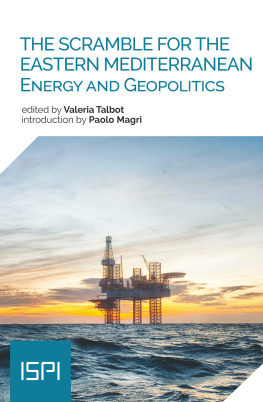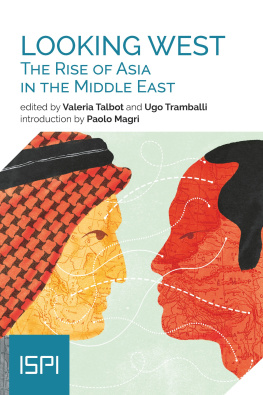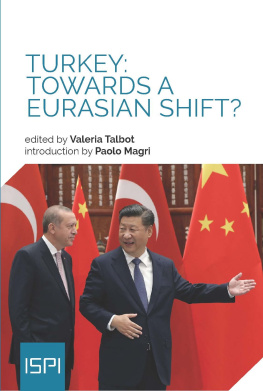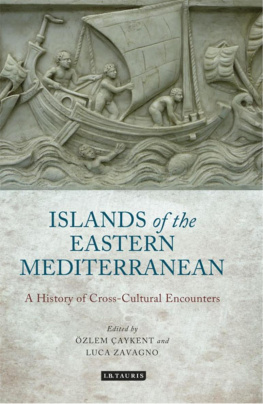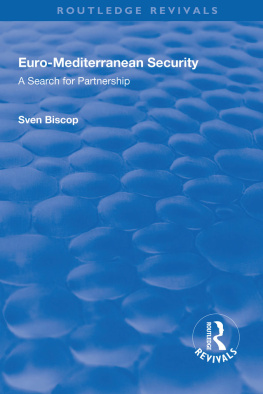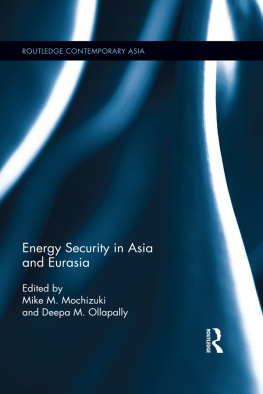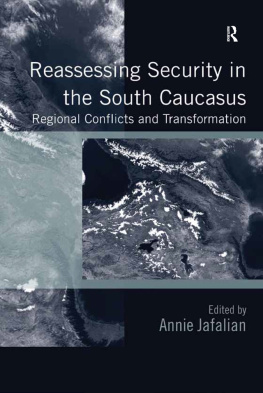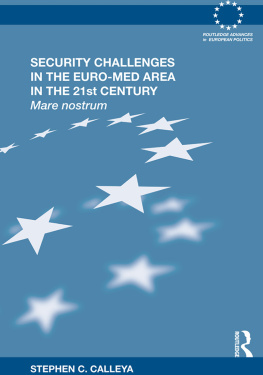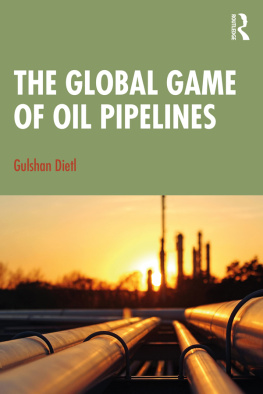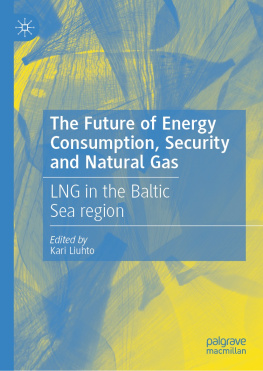Introduction
These days, Italy often looks at the Central Mediterranean as its Mediterranean proper. Social unrest on the Southern shores, historical and current economic and social connections, as well as the need to stymie irregular migration flows have often shaped Italys foreign and development policies, relegating the Western and Eastern Mediterranean to second tier. Over the past decade, several developments have contributed to this trend, as the Eastern Mediterranean faded into the background: the Syrian civil war becoming an intractable problem for EU countries; souring relations between Turkey, on the one hand, and NATO and the EU on the other; and the Israeli-Palestinian conflict becoming less salient to the Italian political debate. Meanwhile, turmoil during the endless Tunisian democratic transition and Libyas rapid descent into chaos forced Italy to channel most of its foreign policy efforts toward its nearest (Southern) neighbours.
Of course, the Eastern Mediterranean never disappeared from view. Italys longstanding view that stability in the broader Mediterranean depends on stability anywhere played a large part in this. But a number of events also contributed to push up the Eastern Mediterranean region on Western policymakers agendas, as well as encouraging them to acknowledge the need to understand and tackle challenges arising from the area together. At first, this was due in large part to events happening onshore, in the Middle East. Among many, the rise and fall of the Islamic State in Syria and Iraq after 2013, the attempted coup in Turkey in 2016 coupled with the crackdown that followed, and the recent Lebanese and Israel-Palestine crises. However, more and more frequently, the Eastern Mediterranean has become a field requiring foreign policy attention in its own right, due to what was happening at sea.
The first evidence of this were the over one million irregular migrants crossing from Turkey to Greece in 2015-2016. At the time, this unprecedented event called for a swift foreign policy response from the EU as a whole. As irregular migration jumped at the top of the agenda for most or all EU member states, and not just Italy (which had been experiencing a rise in migration flows from Libya since late 2013), the fact that migration flows from the Eastern Mediterranean could elicit a response (in terms of relocations among EU member states, or aid from Brussels to countries of first arrival in Europe) that concerned migration along the Central Mediterranean showed how interconnected the two areas of the Mediterranean actually are.
The second evidence is more recent and has to do with escalating tensions due to historical disputes on who holds the legitimate rights to exploration and use of marine resources in the Eastern Mediterranean, as well as on the correct way to demarcate territorial waters and exclusive economic zones (in particular between Greece, Turkey, and Cyprus). Once again, this dispute intersected the Central Mediterranean in many ways. Regardless of how the resources will ultimately be apportioned among the contenders, European (including Italian) energy companies are involved in exploration activities, and there has been recurrent interest on a so-called EastMed pipeline that would bring natural gas to Europe, following a number of potential routes. Most recently, the 2019 Libya-Turkey maritime deal has linked the two parts of the sea explicitly and ever so tightly, also in light of Turkeys concurrent military intervention in the Libyan conflict.
As the Eastern Mediterranean has become a sea of troubles on its own right, this Report is an attempt to shed light on the many issues that make the region a crucial and integral part of the foreign policies of neighbour and faraway countries. This Report aims to explore how riparian and non-riparian countries in the Middle East, North Africa and beyond look at this portion of the Mediterranean, how they design their foreign policy stances and how they respond to the actions of others. By touring the Eastern Mediterranean region (and beyond), this Report also serves as a call to European policymakers not to lose sight of the region, even as the dynamics of the pandemic and the urgency of the economic recovery diverts most of the attention and resources elsewhere.
In the first chapter, Gabriel Mitchell argues that pragmatism is at the core of Israeli foreign policy in the Eastern Mediterranean. According to Mitchell, Tel Aviv is pursuing a proactive attitude in the Eastern Mediterranean, a reaction also related to the American reduced military engagement in the MENA region. This approach perfectly fits in the Israeli need to find viable hydrocarbon export routes as a consequence of the gas deposits discovery off of its coast more than ten years ago. In this context, Israels strengthened cooperation with Greece, Cyprus and Egypt is instrumental to Tel Avivs energy strategy, while at the same time contributes to balance strained bilateral ties with Ankara. After decades of relative isolation in the region, through its membership in the Eastern Mediterranean Gas Forum (EMGF) today Israel is benefiting from integration and cooperation with its neighbours.
Even Greece and Cyprus, as explained by Zenonas Tziarras, are important parts of this new network of energy cooperation in the Eastern Mediterranean. Not only energy interests but also factors such as the pursuit of a new international role, survival, security, stability and development are the main drivers of these countries policies in the Eastern Mediterranean. Here, counterbalancing and containing Turkey is a longstanding priority for both Athens and Nicosia. The author analyses in details the interests and strategies of both countries, showing that they share many security concerns in the Eastern Mediterranean, where they are part of a new security architecture. In particular, the chapter considers the recent history of Greek foreign policy, describing a path that started with relative isolation during the 2009 economic crisis and developed into a renewed strategy in the Eastern Mediterranean. Similarly, recent developments in the area resulted in an evolution of Cypruss foreign policy, enhancing its orientation towards its Western allies.
Mitat elikpala then moves to analyse the reasons and motives behind Ankaras active policy in the Eastern Mediterranean, where strengthened cooperation among Greece, Cyprus, Israel, and Egypt has excluded Turkey from the shared management of energy resources in the region and increased its sense of isolation. In addition, from the Turkish perspective, new energy agreements among its neighbours also threatened Turkeys ambition to become a regional energy hub. However, for Turkey, energy is not the only interest in the Eastern Mediterranean: there are also several maritime issues that pit it against its neighbouring countries (mainly Greece), along with the unresolved Cyprus dispute. In this context, the Blue Homeland or Mavi Vatan doctrine, coined in 2006, has acquired greater importance among Turkish political elites and contributes to explain Turkeys strategy in the seas surrounding the Anatolian peninsula, including the Eastern Mediterranean, by defining, safeguarding and developing Turkeys maritime rights and national interests. Thus, natural gas issues and sensitive political and geopolitical matters are closely intertwined in the Turkish strategy.

